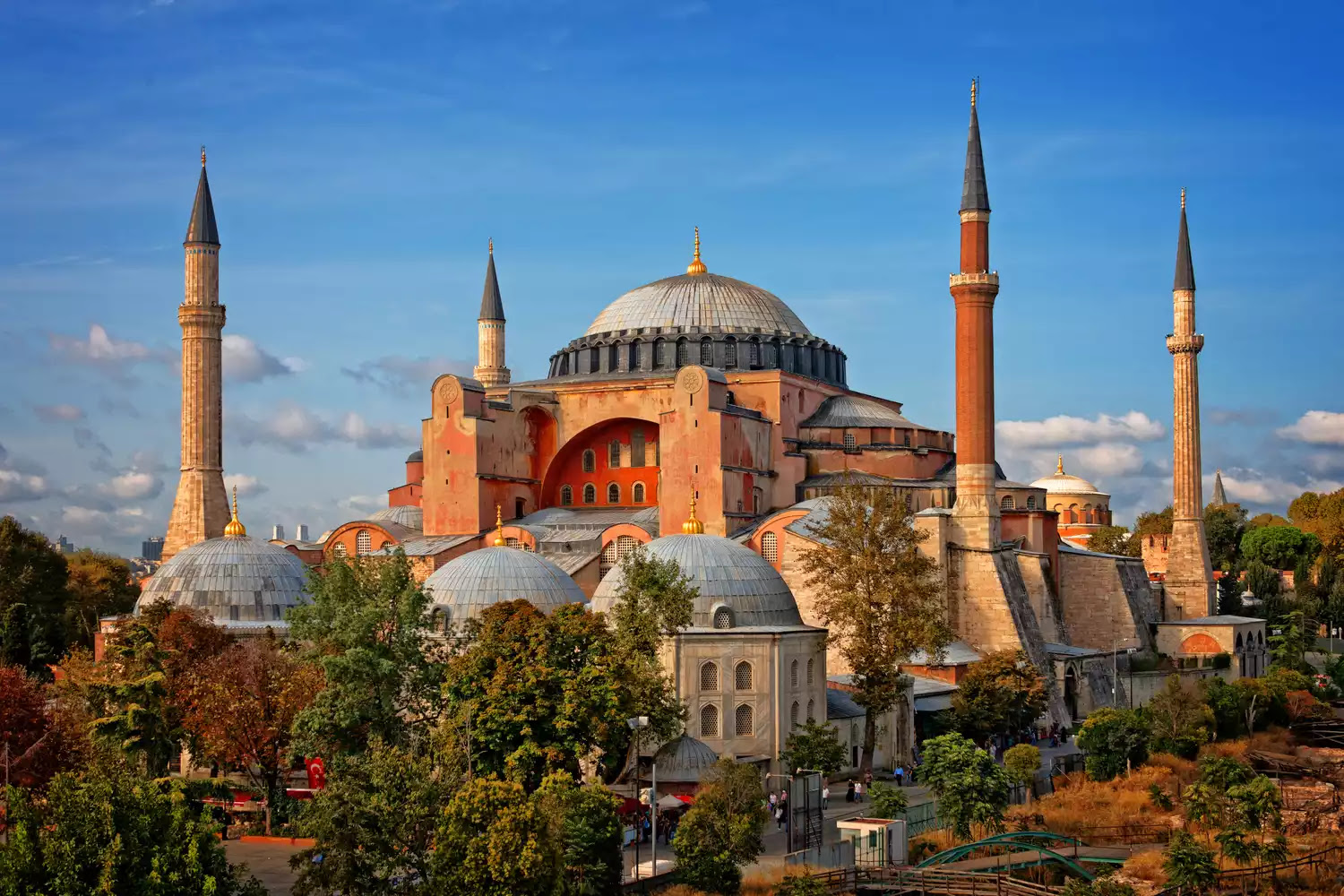Ancient Egypt from 3.100 BC to 30 BC: the Egyptian empire begins with the unification of Upper and Lower Egypt by Namer, also to be assimilated to king Meni or Menes, who founds the first dynasty. The most famous pharaohs are Ramses II, Cheops, Tutankhamun or Akhenaten. From the XXIst dynasty onwards, the rulers came from Libya, Sudan, Ethiopia and Persia. Alexander the Great became pharaoh in 332 BC and opened the way to the Lagid dynasty, the Ptolemies, from which Cleopatra came. Octavian, future 1st Roman emperor, overthrew Cleopatra and Mark Antony and had Ptolemy XV, son of Cleopatra and last pharaoh of Egypt, assassinated.
The Achaemenid Empire from 550 BC to 330 BC: the Achaemenid dynasty was founded by Achaemenes, leader of a Persian clan around 688 BC, but the first traces of the existence of the empire date from Cyrus II around 550 BC. The empire extended from Asia Minor to northern Saudi Arabia and from Libya to the border of Pakistan. The empire knew many confrontations with Greece, in particular the naval battle of Salamine won by the Greeks in 480 B.C. The last emperor, Darius III, was defeated by Alexander the Great when he invaded Asia Minor in 334 B.C.
The Roman Empire from 27 BC to 476 AD: The Roman Empire began with the granting by the Senate of the title of Augustus to Octavian, the adopted son of Caesar. The empire extended from the north of England to Belgium, North Africa, the Middle East and the Caucasus. From 396, the empire was divided into a Western Roman Empire and an Eastern Roman Empire with Constantinople as its capital. The Western Roman Empire ended in 476 when Odoacre, a former Roman soldier, deposed the last emperor Romulus Augustulus. The Eastern Roman Empire or Byzantine Empire came to an end in 1453 with the capture of Constantinople by Sultan Mehmed II.
The Umayyad Caliphate from 661 to 750: The Umayyad Empire was founded by Mu’āwiyah I. One of the most famous caliphs was Abd Al-Malik who created the dinars, established the custom of covering the Kaaba in Mecca with a silk sheet from Damascus and erected the Dome of the Rock in Jerusalem, housing the Rock of the Foundation. The empire extended its influence in Europe from the Iberian Peninsula until the battle of Potiers in 732 won by Charles Martel. The battle of the Great Zab in 750 against the Abbasids put an end to the caliphate.
The Mongol Empire lasted from 1206 to 1368: the Mongol Empire was founded by Genghis Kahn and included about 1280 political capitals. From 1260, the empire was divided into four regions ruled by descendants of Genghis Kahn and the last Kahn reigned from 1333 to 1368 before being overthrown by the Han who founded the Ming dynasty. In the west, the Russians rose up in 1380 and in 1430, the Khanate of Crimea rallied to Ivan III of Russia.
The Ottoman Empire from 1299 to 1922: the Ottoman Empire was founded by the Oghuz leader Osman I. The most famous sultans were Mehmed II who defeated the Byzantine Empire in 1453 and Suleiman the Magnificent who conquered Baghdad in 1534 and extended the empire to the borders of Austria. The empire ended on November 1, 1922 when the Turkish Grand National Assembly abolished the Ottoman Sultanate and after the Sykes-Picot agreements signed in 1916 which decided the division of the Ottoman territory in the Middle East between France and the United Kingdom.
The Portuguese colonial empire from 1450 to 1999: the Portuguese empire began to be constituted under Alfonso V who became king in 1438. It can be divided into three entities, the African empire, the Eastern empire in Asia and Brazil which declared its independence in 1825, forming the empire of Brazil until 1889 and which knew two emperors, Peter I and Peter II. The empire was integrated into the Republic of Portugal after the coup d’état of 1910, then in 1961 India annexed the Portuguese possessions in the Indian Ocean and in 1975 after the Carnation Revolution, the African colonies obtained their independence, Macao remaining Portuguese until 1999.
The Spanish colonial empire from 1492 to 1975: the Spanish empire was initiated under the House of Trastamare which occupied the thrones of Castile, Aragon and Navarre until 1555, with the marriage of Isabella I of Castile and Ferdinand II of Aragon. The empire declined from 1808 when Napoleon invaded Spain, the Latin American colonies began to demand their independence and in 1975, Spain withdrew from the Sahara which was ceded to Morocco.
The British colonial empire from 1583 to 1997: the British empire began at the end of the War of the Two Roses which opposed the House of York to the House of Lancaster led by Henry Tudor who became King of England. Favoring maritime expansion, Great Britain competed with Spain and France in the Americas. Newfoundland was claimed as a British possession in 1583 under the reign of Elizabeth I and the empire reached its peak from 1815 until the First World War. The end of the empire begins with the independence of India in 1947 and ends with the handover of Hong Kong to China in 1997.
The Russian Empire from 1721 to 1917: The Russian Empire was founded by Tsar Peter the Great who called himself the Emperor of all the Russias. Before him, Ivan III, who liberated Russia from the Mongol domination, was called the Emperor of all Russia. The last Russian emperor Nicholas II abdicated during the Bolshevik revolution on March 2, 1917.



Comment here